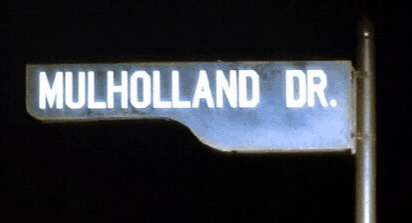In or around the time that Ronnie Heeps started painting, everything in the world as we knew it changed. Knowledge immediately became amorphous, inhabiting many categories simultaneously. Unlike in those days of yore, we no longer know who we are, where we are, or where we are going. We are even unsure of the time or the year. Heeps’ dissolving photomontages – incorporating intelligent lighting, slide projectors and computers – now form the technical basis for computer-generated preparatory sketches for traditionally executed oil paintings. Everything seems so real. In our reverie we feel frightened and alone. It seems that neither death, nor life, nor principalities, nor things present, nor things to come, nor powers, nor height, nor depth, nor babies who think night is day, will be able to save us from entropy.
In Heeps’ paintings entropy occurs when translating across media and platforms such as photography, digital imaging and oil-on-canvas. As a technical strategy this subverts the work at each stage in its evolution, ensuring disequillibrium in the finished paintings. Navigation aids are not required, for as Heeps subtly suggests, his paintings simultaneously promise victory over death:
Truly, truly, I say to ye, ye who sees my paintings and believes that I painted them most judiciously, (and did not contrive them merely to make a point about the relativities of pictures to the competencies and interests of viewers and to the worlds in which those pictures are viewed,) has eternal life; ye who judge them kindly passeth from death to life.
In the future, those seeking to find their place in the sun at Heeps’ exhibitions will be required to join a large group of prospective kung fu apprentices, and listen to the captious yet cultivated views of The Master. The Master is a bad man, very strong and evil. The Master teaches that viewers are not important, if any of them died then and there, no one would think twice. Another and I momentarily manage to slip out of this gathering. I know him, but not well. We quietly discuss the relationship between Heeps’ bricolage and the kind of derision, cynicism or pastiche commonly associated with such methods. “Seeking to stress the triviality of art, digital artists have tended to adopt a semiological approach as a basis for a deconstructive theory of the image”, proposes the postulant apprentice. We disagree on the extent to which Heeps adheres to this tradition. “The collapse of analogue codes lead to his use of the atavistic found image”, he undertones. “That which is most Dark drinks the Milk of Human Kindness”, I reply as I leave the gallery.
The Schoolhouse opens to a hilltop, with a large pond and a large rock in the centre. The water is shallow, and reeds grow all around the edges of the water. An injured Vladimir Trechikoff lands in the pond with an acrid pop. The kick has shocked him more than hurt him. As he shakes it off, The Master and his men make their way to the edge of the pond. I follow them. Following their rapid consumption of copious quantities of Freeze Dried Nationalism, I note that their morphological procedure becomes predominately one of organising kicks and punches into an objective and structured form, endowing the expressive with a banal everydayness.
Green around the gills, Trechikoff says sardonically “I could have saved myself, you know,” and holds up a book he had been carrying. On the cover in bold writing is The Rough Guide to Saving Yourself. Chapter 1: Pissed Off? Change Your Image… is promptly followed by the Conclusion: Give People the Products They Really Want. As Trechikoff and I make our way to the bus stop, we hear the amorphous beauty of Heeps’ paintings receiving rapturous applause from the remaining joyous kung-fu apprentices. They will forever be united with their supreme quintessence.


